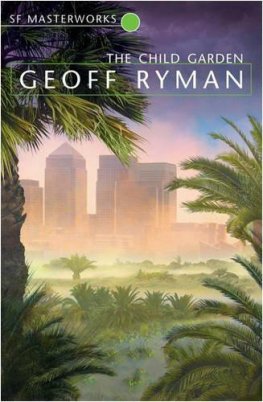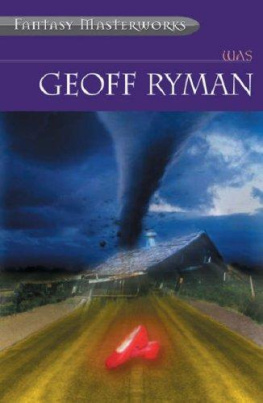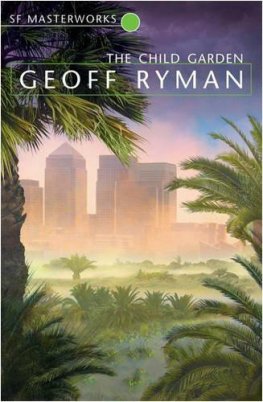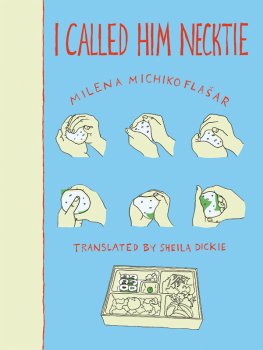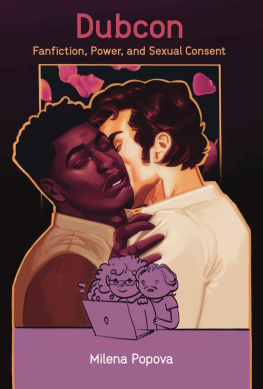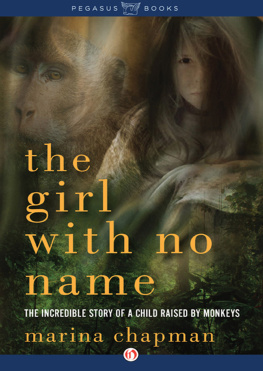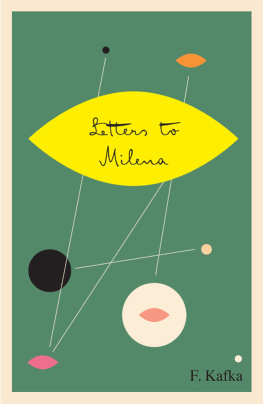Geoff Ryman
THE CHILD GARDEN
or
A LOW COMEDY

Science Fiction Masterworks Volume 61
That the future is a faded song,
a Royal Rose or a lavender spray
Of wistful regret for those who
are not yet here to regret
T. S. Eliot,
Four QuartetsIn the last years of the twentieth century (as Wells might have put it), Gollancz, Britains oldest and most distinguished science fiction imprint, created the SF and Fantasy Masterworks series. Dedicated to re-publishing the English languages finest works of SF and Fantasy, most of which were languishing out of print at the time, they were and remain landmark lists, consummately fulfilling the original mission statement:
SF MASTERWORKS is a library of the greatest SF ever written, chosen with the help of todays leading SF writers and editors. These books show that genuinely innovative SF is as exciting today as when it was first written.
Now, as we move inexorably into the twenty-first century, we are delighted to be widening our remit even more. The realities of commercial publishing are such that vast troves of classic SF & Fantasy are almost certainly destined never again to see print. Until very recently, this meant that anyone interested in reading any of these books would have been confined to scouring second-hand bookshops. The advent of digital publishing has changed that paradigm for ever.
The technology now exists to enable us to make available, for the first time, the entire backlists of an incredibly wide range of classic and modern SF and fantasy authors. Our plan is, at its simplest, to use this technology to build on the success of the SF and Fantasy Masterworks series and to go even further.
Welcome to the new home of Science Fiction & Fantasy. Welcome to the most comprehensive electronic library of classic SFF titles ever assembled.
Welcome to the SF Gateway.
Wendy Pearson
Introducing The Child Garden
Literature for me tries to heal the harm done by stories. (How much harm? Most of the atrocities of history have been created by stories, e.g., the Jews killed Jesus.) I follow Sartre that the freedom the author claims for herself must be shared with the reader. So that would mean that literature is stories that put themselves at the disposal of readers who want to heal themselves. Their healing power lies in their honesty, the freshness of their vision, the new and unexpected things they show, the increase in power and responsibility the give the reader.
Geoff Ryman, An Email Conversation with Geoff Ryman
The difficulty with writing a foreword to Geoff Rymans The Child Garden is knowing where to begin. There is simply so much honesty, such freshness of vision, such new and unexpected richnesses of the imagination and, indeed, so much generosity of spirit in this fabulous novel that its difficult to highlight one thing without losing sight of many others. Yet all are equally important to the complexity of Rymans vision of a future London that, unlike the simpler warnings of Aldous Huxley or George Orwell, is both utopian and dystopian at once. Rymans future-London is a place of hope and despair, beauty and ugliness, extraordinary wonders and unimaginable costs. It is, above all, a novel about healinghealing from disease, healing from the trauma of becoming human, healing from the ugliness and despair of the world.
The Child Garden, originally published in 1989, is Rymans second novel, following The Warrior who Carried Life (1985). The Child Garden won both the Arthur C. Clarke Award and the John W. Campbell Memorial Award and brought Ryman to the notice of the wider science fiction community, those who were not already cognizant of his remarkable short fiction. Ryman was born in Canada, educated primarily in the USA and has lived most of his adult life in the United Kingdom. His fiction covers all of that territory, alongside a lifelong interest in Asia (Air is set in a fictional futuristic version of Kazakhistan, while The Kings Last Song re-tells, among other things, the story of Cambodias twelfth-century king, Jayavarman, VII in the context of Cambodias current history and immediate past). Rymans third novel, Was, interweaves three narratives, the true story of Dorothy from The Wizard of Oz, the life of Judy Garland, and the story of Jonathan, a young Canadian actor who is dying of AIDS. What all of these novels have in common is a sense of the way in which the world hammers at and distorts us and the sometimes unlikely but urgent possibilities for healingfor using the stories that heal to undo the damage done by stories that harm.
The protagonist of The Child Garden is a young woman named Milena. Milena is an oddity in her world because, unlike all of the other children, she is resistant to the viruses which manipulate the individuals genes and infect them, among other things, with language and the worlds knowledge. As a result, Milena is unique. And in Milenas uniqueness, as it turns out, lies the great hope of the cure for the cure for cancer. And, no, thats not a typographical error.
The Child Garden thus starts with an irony. Cancer has been cured. The most feared disease of the 20thand, thus far, of the 21stcentury has been defeated. Cancer no longer exists. But curing cancer turns out not to be the miracle for which we have all hoped. Cancer, it turns out, had been rather important. Cancer cells did not age. They secreted proteins that prevented senescence. They had allowed people to get old. Without cancer, people died in or around their 35th year.
Ryman spells this conundrum out for the reader in the first four pages of the novel. We enter it knowing that the human lifespan has been halved, in part because the wealthy were able to buy (and accidentally release) the cure for cancer before it has been properly tested. Without needing to know if there is any validity to the assertion that cancer gives us the ability to age, we are already in familiar science fictional territory: a scientific thesis has been advanced. We will enter into the novel as part of Rymans thought experiment in what a world that has paid such a high cost for the elimination of cancer might look like. As readers we are prepared to do this because the novel is, after all, science fiction and such thought experiments are one of the standard modes by which science fiction operates. But we are also prepared because Ryman tropes on discourses we all already knowthe greed of Big Pharma (though Ryman never even mentions pharmaceutical companies), the shoddiness with which high-profit high-stakes drugs are sometimes tested, the extraordinary and sometimes extraordinarily unethical things people will do in order to prolong their lives at any cost. Really, is Rymans premise that far-fetched? And does it matter. Lets take him at his word: Cancer has been cured and the human lifespan has been reduced by more than half. Where does that leave us?
In a technologically-advanced society, short of finding a cure for the cure for cancer, it leaves us with technological solutions. Like the cure for cancer itself, the solutionsperhaps one might best regard them as stop-gap measureslie in further genetic technologies. So, at the end of page 4, our protagonist, Milena, terrified of the viruses which, if they succeed in infecting her, may also cure her of herself (more on this in a minute), sits on a bus and looks at the children around her: They had been given viruses to educate them. From three weeks old they could speak and do basic arithmetic. By ten, they had been made adults, forced like flowers to bloom early. But they were not flowers of love. They were flowers of work, to be put to work. There was no time.

